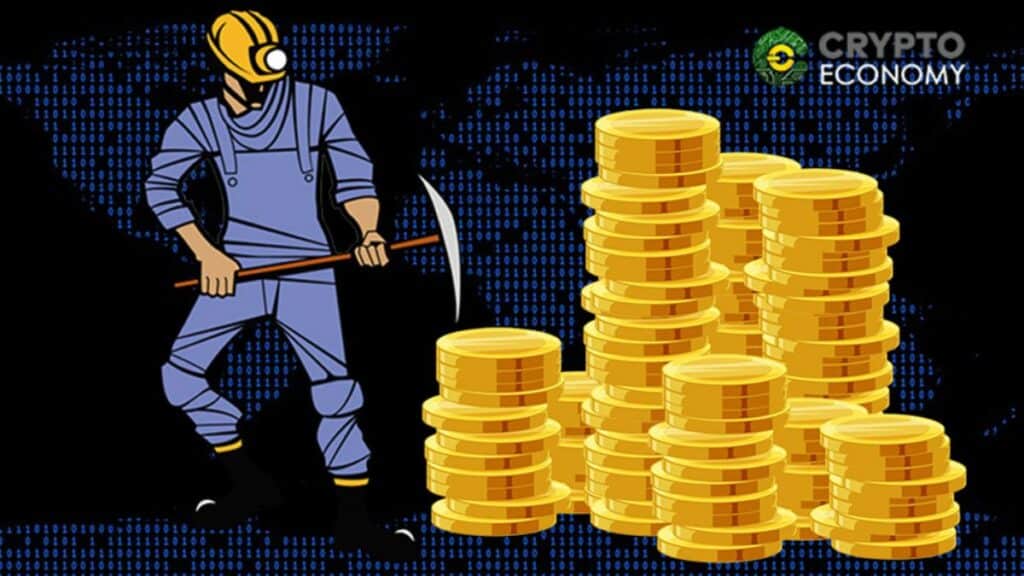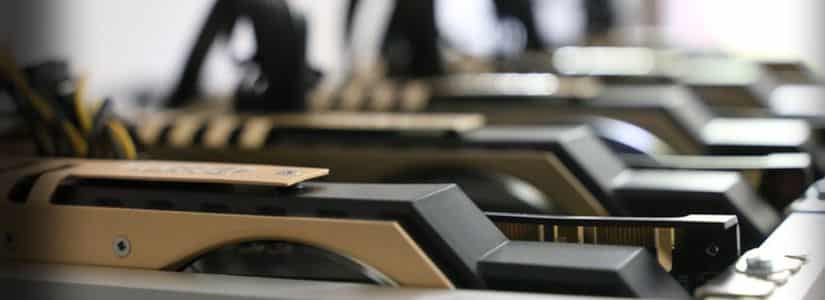In the language of cryptocurrencies, mining pools are groups of mining equipment (processors) that join in a given network to share and expand their capacity or processing power, thus speeding up their ability to solve a chain of cryptographic blocks.
Why mining in a mining pool?
In cryptocurrency mining, you can act individually, but since there is a high level of competition today, making the difficulty of winning a chain of cryptographic blocks grow, it is necessary to increase the power of processing or hashrate.
Hence, the miners made the decision to group together to combine their capacity or computing power and thus have greater chances of success.
How are profits distributed in mining pools?
Profits in mining pools are distributed proportionally to the hashrate, or computational power provided by your machine at a given time.
It means that each miner will obtain benefits as he contributes with greater or less computational power. It is necessary to clarify that the factors that determine the production and the value of the cryptocurrencies, vary permanently, so that their contribution in hashes will be crucial in obtaining their profits.
So always have to take into account the ability to work and the time spent in it, which leads us to remember that we also have the option to automate our mining equipment.
What is needed to mine in a mining pool?
To enter a mining pool, the first thing we need is a mining hardware (RIG) and mining software to connect in the pool that we choose. Said miner must be programmed to mine in a group because it is not an option that comes by default in the team. Finally, we have to have a purse so that all our rewards go directly there.
Which are the most known mining pools?
Here is a list of some of the most important mines and their location and market share:
- AntPool, China, with approximately 15% of the market.
- DiscusFish, China, with 12%
- BitFure Pool, Georgia, with about 12%
- BTCC, China, with 7% of the total
- BW Pool, China, which has 6%
(We must clarify that this ranking is subject to changes constantly).
As you can see, the largest cryptocurrency mines operate in countries with a low cost in power generation. However, most pools have servers in all countries, and can be connected to a server in any country.











